Follow along with the video below to see how to install our site as a web app on your home screen.
Note: This feature may not be available in some browsers.
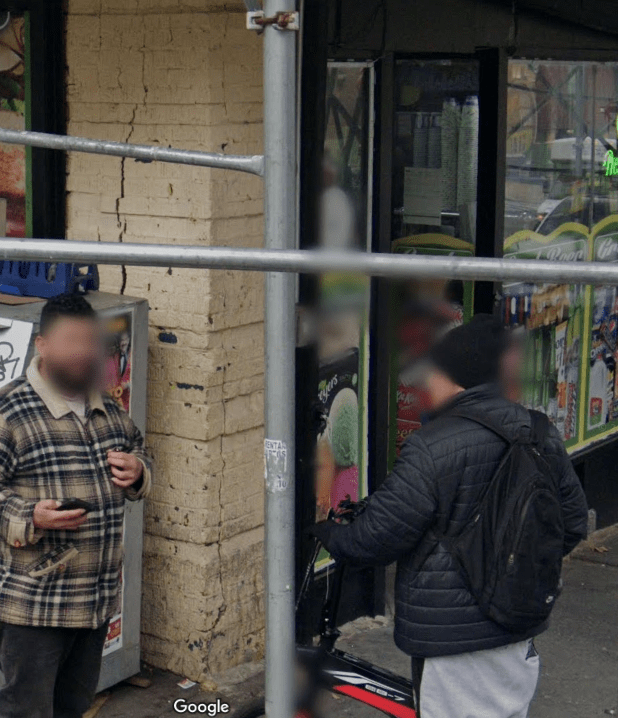
ABC7 Article said:Department of Buildings Commissioner James Oddo says that the owner of the building submitted their most recent report in March of 2021, which found seven open violations, including "unsafe facade conditions."
A 2020 inspection found cracked brick and loose, damaged mortar on the building's facade, Buildings Department records show. Oddo said Monday that work had started but he didn't believe any workers were there at the time of the collapse.
"I want to be clear: Unsafe facade conditions is not the same as an unsafe building," he said at the news conference. While the property had seven unresolved violations, they weren't structural, he said. Five of them were Office of Administrative Trials and Hearings (OATH) and Environmental Control Board (ECB) violations, while the other two were DOB violations.
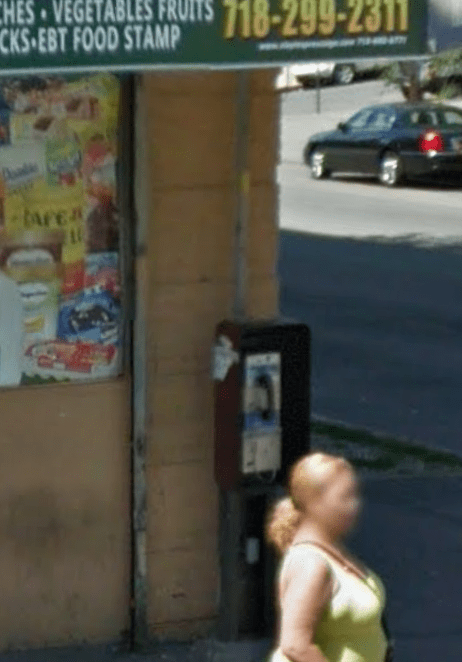
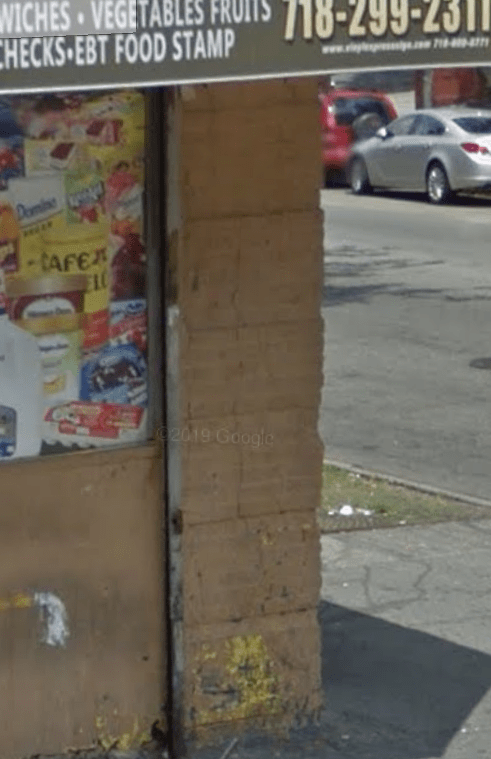
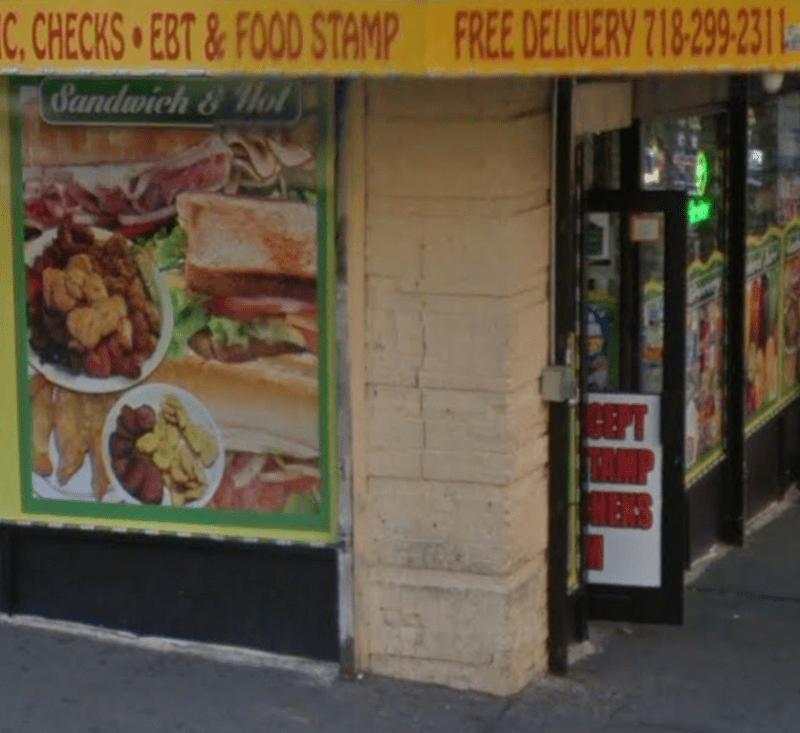
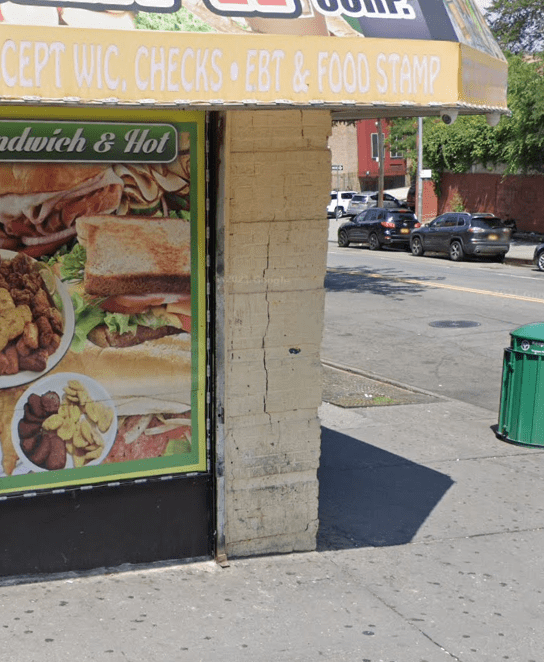
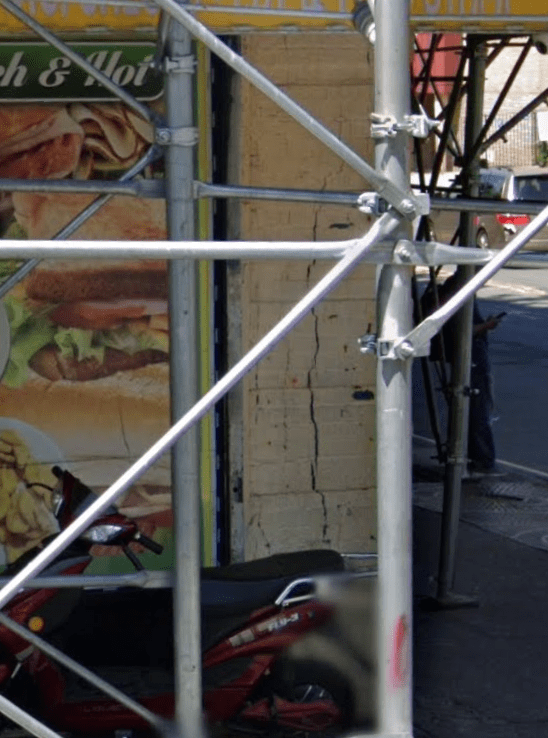
Sym P. le said:learning new lessons that are not historically part of the knowledge base.
phamENG said:It's also important not to over simplify things. While it may be that there are issues here that mirror Davenport, 2 data points in a sea of thousands of multi-wythe brick buildings does not a law make. I've seen a lot more than 2 brick buildings with cracking in the exterior where that, when the outer bricks were removed to repair it, the inner brick was in decent shape.
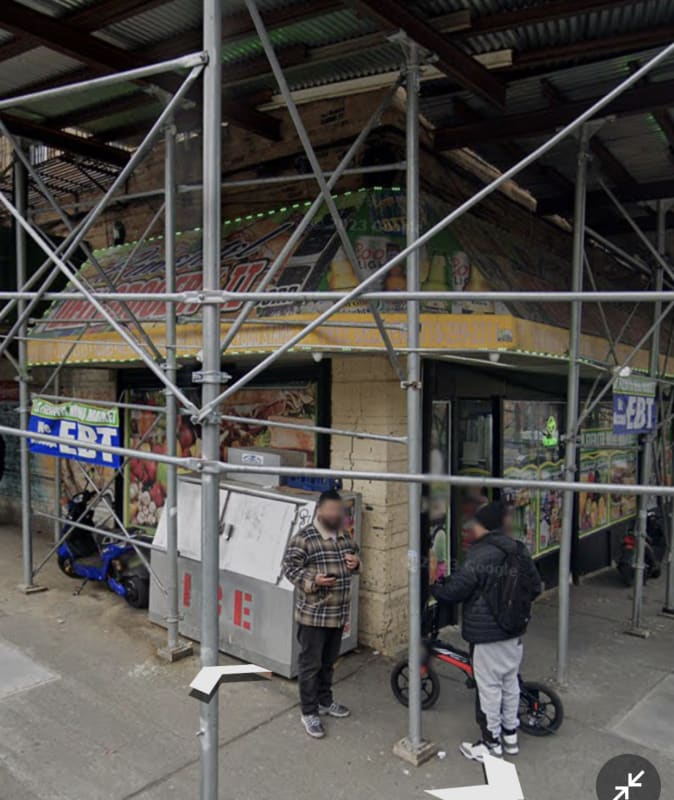
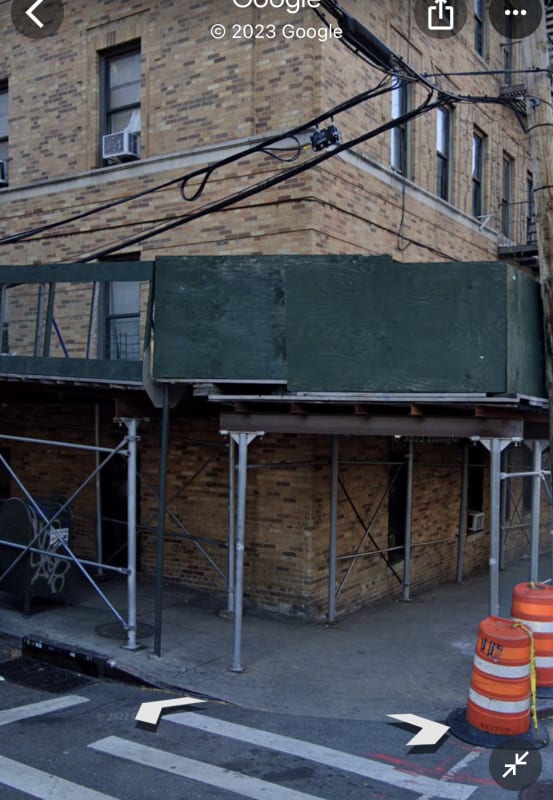
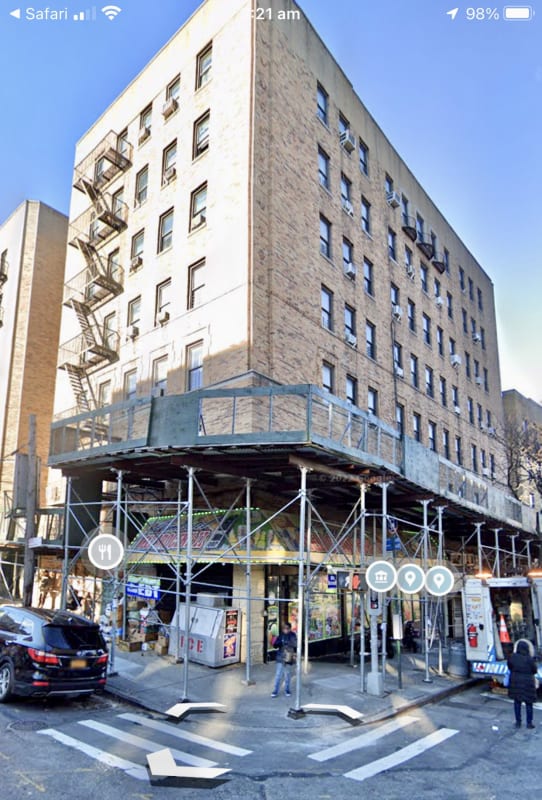
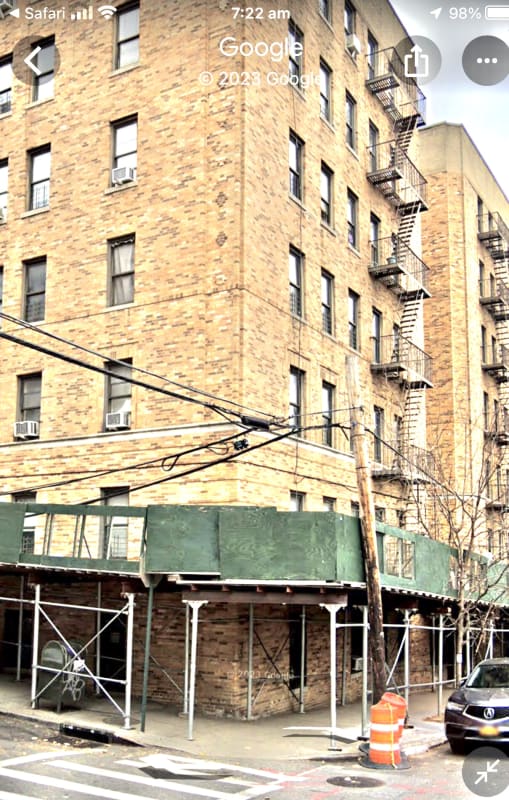
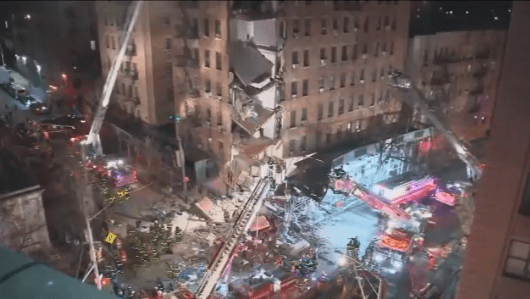
[URL unfurl="true" said:https://en.wikipedia.org/wiki/Steel_frame[/URL]]The Home Insurance Building, completed in 1885, was the first to use skeleton frame construction, completely removing the load bearing function of its masonry cladding. In this case the iron columns are merely embedded in the walls, and their load carrying capacity appears to be secondary to the capacity of the masonry, particularly for wind loads. In the United States, the first steel framed building was the Rand McNally Building in Chicago, erected in 1890.
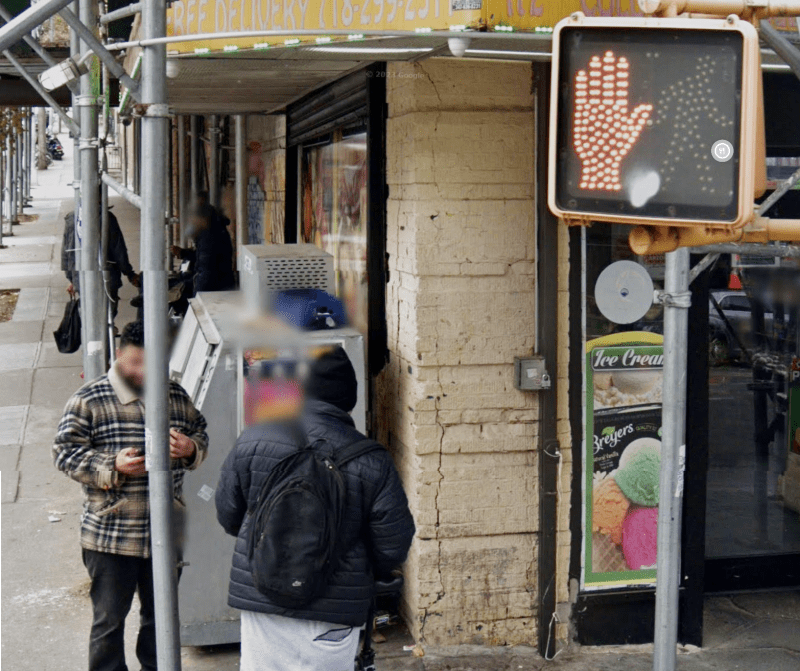
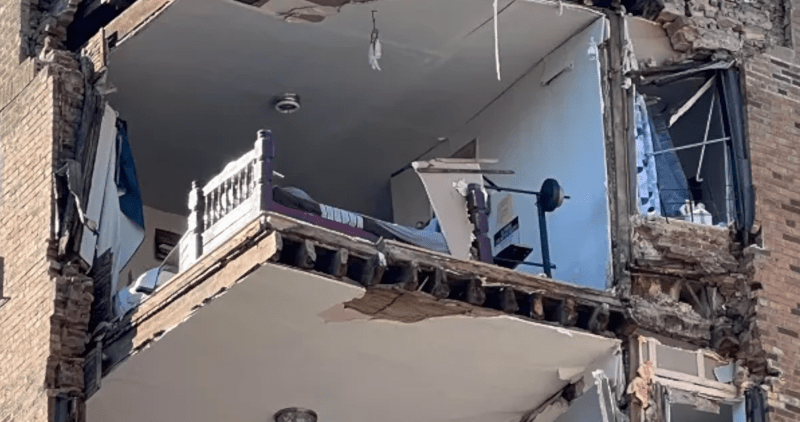
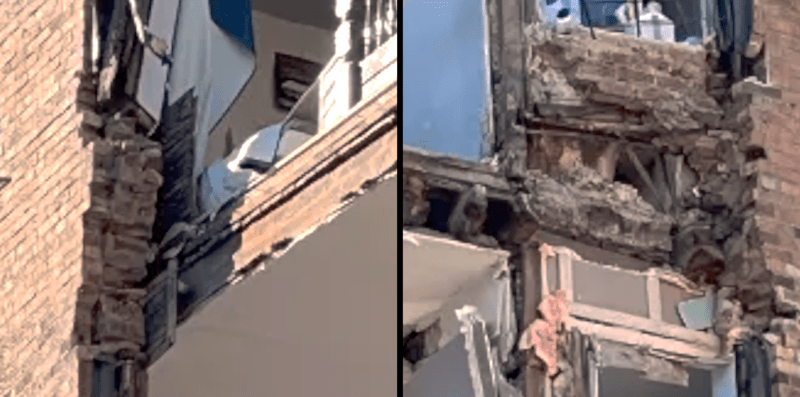
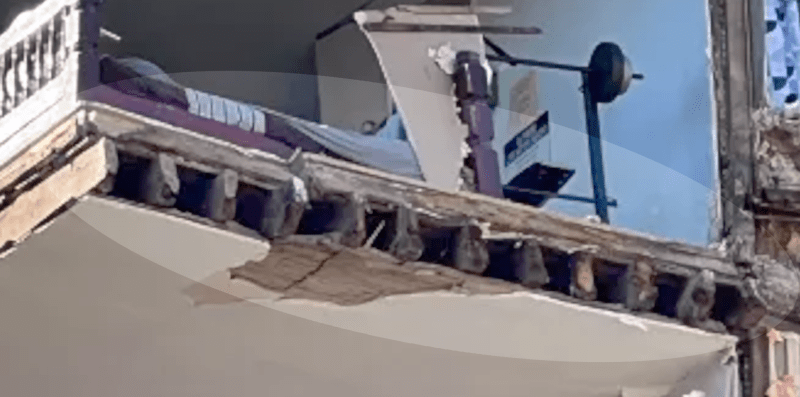
[URL unfurl="true" said:https://wrightsnews.biz.id/as-the-search-begins-to-determine-the-cause-of-the-bronx-buildings-collapse-an-engineer-says-work-on-the-water-main-could-be-a-factor/[/URL]]Richard Koenigsberg, an engineer hired by the building’s owner to bring the dilapidated façade up to code, inspected the site on Monday and suspected that work on the water main could play a role, as he had assumed the collapse apparently took place on the first floor level.
“It looks like the problem is on the first floor. I say that because of the way it collapsed,” he told THE CITY on Monday. “It looks like the corner column on the first floor broke and then the rest fell down.”
The New York Times quoted an employee at an accountant’s office on the building’s ground floor as saying the collapse occurred shortly after a large water leak broke out in a first-floor market next door.
When asked if work on the water main could have been a factor in the collapse, Department of Buildings spokesman Andrew Rudansky said, “The DOB’s investigation into the cause of this collapse is ongoing.”
Michaels said the water main work – which was suspended Monday as the city works to investigate and ultimately clear the site – took place at the corner of Phelan Place and Billingsley Terrace. The collapse occurred at the corner of Phelan and West Burnside Avenue, just a few feet away.


